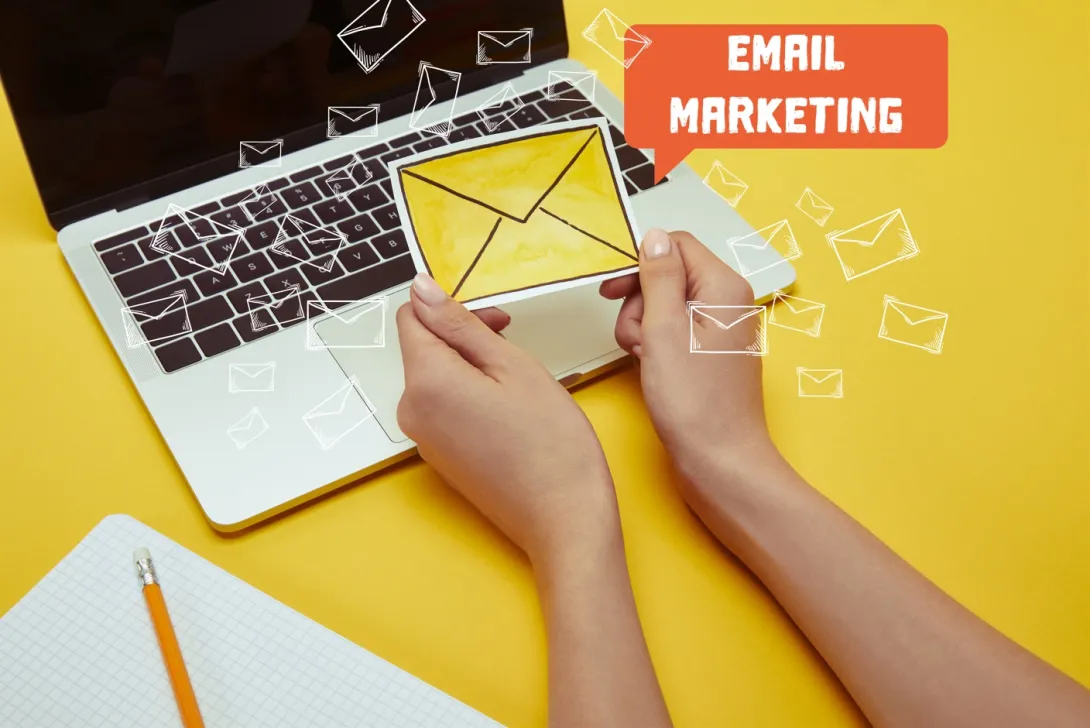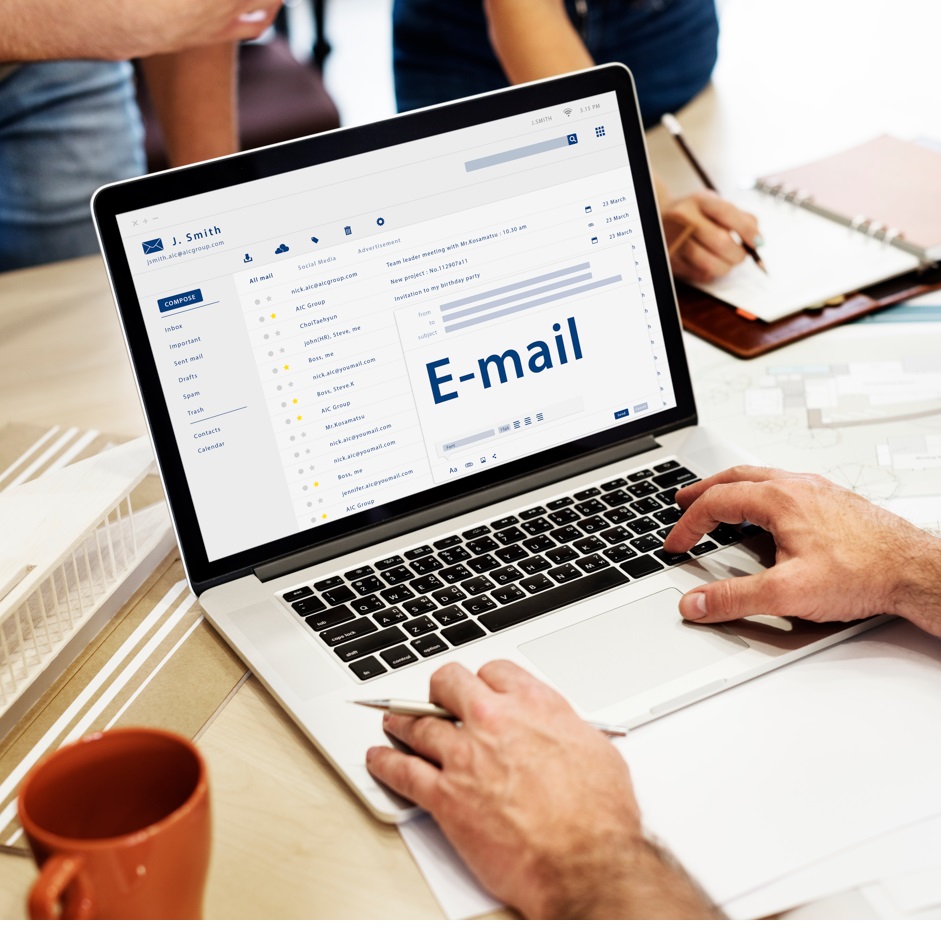


Technology




Email marketing remains one of the most powerful tools for digital marketers, with high ROI potential, direct reach, and personalization options. However, the challenge is ensuring that emails not only reach inboxes but also drive conversions without being flagged as spam. Here’s a guide on running email campaigns that captivate your audience, encourage engagement, and ultimately boost conversions, all while staying clear of spam filters.
1. Start with a Clean, Permission-Based List
Effective email marketing starts with a high-quality subscriber list. Build your list organically by encouraging sign-ups on your website, blog, or social media channels, rather than buying or renting lists, which increases the risk of being flagged as spam. Use double opt-in for confirmation, so recipients explicitly agree to receive your content.
By maintaining a permission-based list, you increase the chances of engagement from subscribers who genuinely want to hear from you. It also reduces bounce rates and spam complaints, which improves your sender reputation and helps your emails land in inboxes.
2. Prioritize Content Relevance and Value
Subscribers stay engaged with emails that offer value. Each email should be crafted with the specific needs and interests of your audience in mind. Avoid excessive self-promotion; instead, focus on how your email content can provide actionable insights, helpful tips, or special offers that appeal to your audience. Segment your email list based on demographics, preferences, or previous purchase behaviors to deliver highly relevant messages to each group.
A good practice is to personalize email content, from using the subscriber’s name to tailoring recommendations or tips. Emails that speak directly to individual needs tend to resonate, resulting in better open and click-through rates.
3. Craft a Strong Subject Line and Preheader
Your subject line is the first impression your email makes, so it’s critical for driving opens. A strong subject line should be concise, intriguing, and relevant. Avoid all caps, excessive punctuation, and spammy words like “Free,” “Cash,” or “100%,” which could trigger spam filters.
The preheader, the short text displayed next to the subject line, offers an additional chance to capture the reader’s attention. Use this space to give a brief overview of what the email offers, enticing readers to click.
Example
4. Optimize for Mobile Readability
With the majority of email opens happening on mobile devices, your emails should be mobile-friendly. A mobile-optimized email layout has a clean, responsive design that adjusts to different screen sizes. Use large, clear fonts, single-column layouts, and appropriately sized images that load quickly.
Interactive elements like buttons and links should be easily clickable. Additionally, preview how the email renders on various devices and email clients to ensure a seamless experience across the board.

5. Craft Compelling Calls to Action (CTAs)
A clear, compelling CTA is essential for driving conversions. Each email should have one primary CTA, guiding the recipient toward the next step, whether it’s signing up for a webinar, downloading a resource, or making a purchase. Make your CTA visually prominent, using contrasting colors, bold text, and concise wording that indicates exactly what action will be taken.
Effective CTA Example
“Download Your Free Guide” or “Get Started Now” are clear, action-oriented CTAs that tell the reader what to expect.
6. Use Personalization and Dynamic Content
Personalized emails tend to perform better than generic messages. Beyond addressing the subscriber by name, leverage dynamic content to adjust the email body based on user preferences, behaviors, or location. If a customer browsed a specific product on your website, for example, you could include that product in your email with a special offer.
Segmentation also plays a vital role in personalization. By sending different messages to different segments—such as new subscribers, frequent buyers, or dormant users—you increase the relevancy of each email. When subscribers feel your emails are tailored to their interests, they’re more likely to engage.
7. Avoid Spam Triggers and Maintain a Healthy Sender Reputation
To avoid the spam folder, avoid common spam triggers, such as:
A healthy sender reputation is key to email deliverability. Focus on maintaining low bounce rates, monitoring feedback loops, and keeping your email frequency in check. Consistency in your sender name and email address also reassures subscribers that your emails are legitimate, reducing the risk of spam complaints.
8. Test and Refine Your Campaigns
Continuous testing is crucial for successful email marketing. A/B testing subject lines, CTAs, images, or email copy can reveal what resonates best with your audience. Analyze metrics like open rates, click-through rates, and conversion rates to identify patterns and areas for improvement.
Email analytics can also reveal the optimal time to send emails to your audience. By testing different days and times, you can determine when your subscribers are most likely to engage, helping increase open rates.
9. Nurture Subscribers with a Strategic Email Flow
Effective email marketing isn’t a one-and-done affair. Set up automated workflows for nurturing subscribers over time. Welcome series emails, for instance, make a great first impression and provide new subscribers with valuable content right from the start. For existing subscribers, drip campaigns can guide them through the buyer’s journey, delivering targeted content at each stage.
Sending relevant emails over time builds trust and familiarity, keeping your brand top-of-mind. When subscribers see value in your emails, they’re more likely to act when a direct offer or CTA is presented.
Conclusion
Running successful email marketing campaigns that convert is about balancing personalization, relevance, and frequency while respecting subscribers' preferences and avoiding spam triggers. By following these best practices—building a quality list, crafting engaging content, personalizing communications, and continuously testing—you can create email campaigns that drive results and strengthen customer relationships.
Digital Strategy Co. understands the nuances of email marketing that converts. With our expertise in strategic list-building, segmentation, and tailored content creation, we help clients achieve the maximum potential from their email campaigns while staying clear of spam filters. Start creating emails that captivate, engage, and convert—because effective email marketing is all about the right message reaching the right audience at the right time.